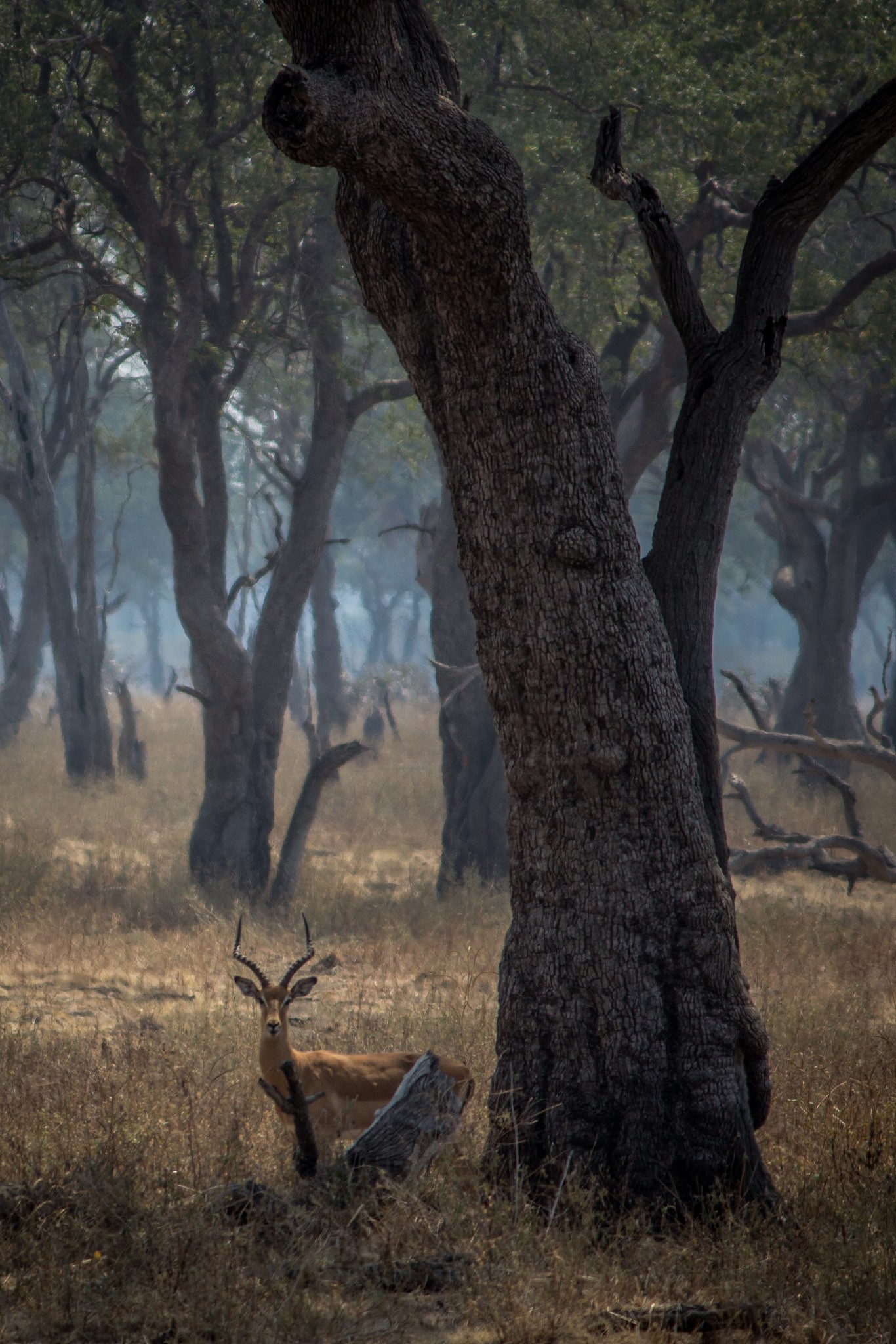
Zambia Forest Sector Analysis
CHALLENGE
Forests and related resources in Zambia represent the lifeline of rural economies and daily subsistence. The forest sector currently contributes about 5.2% to the country’s GDP, and provides formal and informal employment to about 1.1 million people. The Government of Zambia seeks to manage and enhance forest products and services in order to mitigate climate change, boost income generation, poverty reduction and job creation, and protect biodiversity.
However, Zambia currently lacks the support to effectively tap into the value of forest ecosystem services. For meaningful engagement with the government and other partners to take place, it is imperative to have a better understanding of the forest sector. This activity will support thatanalysis.
APPROACH
This activity will support efforts to strengthen Zambia’s course of action towards forest protection for livelihoods, environmental benefits, and the national economy. The main components are:
- Understanding forests’ contribution to rural livelihoods and the national economy: This component will fill a major knoweldge gap by delving into the importance of forests for improving livelihoods and poverty reduction, and their contributions directly to the economy and through other sectors. A key output will be a synthesis of forest contributions to livelihoods and national economy, including projected values based on current deforestation rates.
- Spatial assessment of the drivers of deforestation and forest degradation: In Zambia, deforestation and forest degradation is closely linked to development activities in the agricultural, transportation, energy, and extractive sectors. This component will assess forest loss by sector, with the goal of influencing relevant policy issues
- Forest smart management interventions: This component will chart a way forward for the World Bank’s engagement with Zambia on forestry and related sectors. The activity will produce a forward-looking synthesis of discussion points to position, as well as private sector guidelines to support rural livelihoods based on forest and forest products.
RESULTS
This activity is ongoing. The preliminary findings from the initial report indicate that the forest sector in Zambia is plagued with challenges linked to deforestation, institutional and legal lapses, land use change and competing land uses, forest diseases, lack of public and private sector investments, and lack of enough qualified to sustainably manage forests. The findings also indicate illegal logging of native species of high economic value, such as mukula, for international markets, involving a complex network of interest groups and individuals. These include individuals, traditional chiefs, government workers, and Chinese nationals. Illegal logging in rosewood alone leads to staggering losses of about US$3.2 million in revenue and estimated bribes paid to state officials of about US$1.7 million. In general, the deforestation annual rate, estimated at 250,000–350,000 hectares, results in an annual loss of US$500 million in natural capital stock.
These preliminary findings put a spotlight on the potential contribution of the forest sector to rural livelihoods and national economy and suggest areas that should be prioritized to ensure smart-forest management interventions. At this stage, the findings are in tune with the project’s contribution to the broader development goals.
The initial report with preliminary findings as indicated above has been shared with the Forest Department for their review, and a review meeting has already been scheduled with the Bank Group. During this reporting period, the collaboration with the Forest Department has been a noteworthy aspect in the execution of the project. Given the level of commitment and collaboration, undoubtedly, the forest knowledge products and outcomes of this project hold potential to influence policy to contribute to general improved social and environmental outcomes of the forest sector in Zambia.
More findings will be shared on this page when they become available.
For stories and updates on related activities, follow us on twitter and facebook , or subscribe to our mailing list for regular updates.
Last Updated : 06-16-2024








